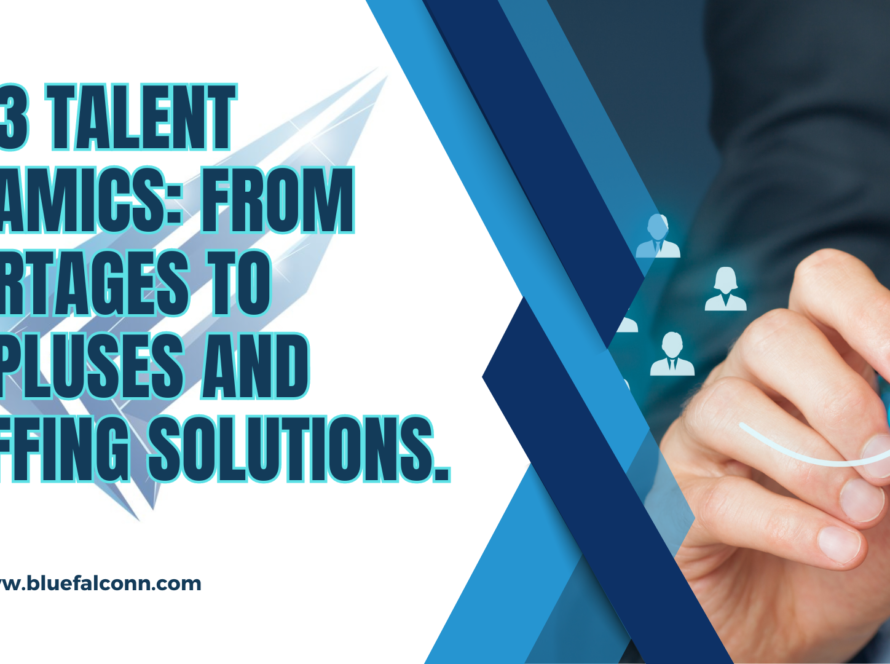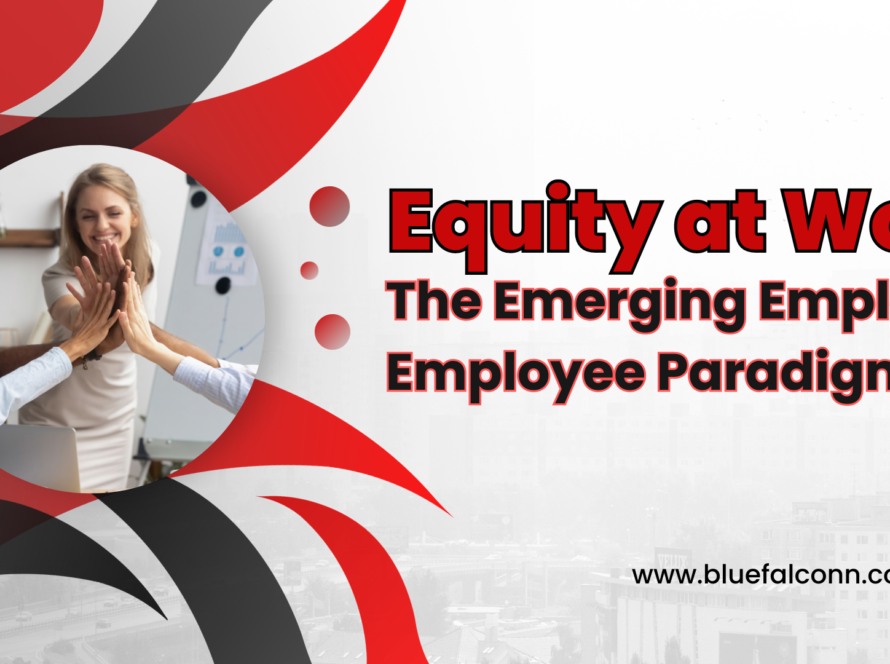Introduction:
Employee recognition is a fundamental aspect of fostering a positive workplace culture and boosting employee morale. Recognizing and celebrating employee achievements not only motivates the workforce but also reinforces their commitment to the organization’s goals.
In this article, we will explore effective ways to recognize and acknowledge the accomplishments of employees.
- Regular Appreciation and Feedback:Regular and timely feedback is essential for recognizing employee achievements. Managers should provide specific feedback on completed tasks or projects, highlighting what was done well and how it contributed to the organization’s success. Constructive feedback helps employees understand the impact of their work.
- Peer Recognition Programs:Peer-to-peer recognition programs empower employees to appreciate each other’s efforts. Encourage team members to nominate their colleagues for outstanding contributions or teamwork. This not only promotes a sense of camaraderie but also validates accomplishments from various perspectives.
- Employee of the Month/Quarter/Year Awards:Implementing an employee recognition program with awards such as “Employee of the Month” can be an effective way to acknowledge outstanding performance. These awards can come with tangible rewards, like gift cards or extra time off, making them even more motivating.
- Public Acknowledgment:Recognizing employee achievements in a public forum, such as a team meeting or company-wide email, can be impactful. Public acknowledgment not only honors the employee but also sets an example for others to aspire to excellence.
- Certificates and Plaques:Physical tokens of appreciation, such as certificates, plaques, or trophies, can be a tangible way to recognize achievements. These items can be displayed in the workplace, serving as a constant reminder of the employee’s contributions.
- Flexible Work Arrangements:Offering flexible work arrangements, such as remote work or flexible hours, can be a valuable recognition tool. It shows that the organization values the employee’s dedication and is willing to accommodate their needs.
- Professional Development Opportunities:Recognized employees may be given opportunities for professional development, including access to workshops, courses, or conferences. This not only rewards them but also invests in their growth within the organization.
- Personalized Recognition:Tailor recognition to each employee’s preferences. Some may appreciate public acknowledgment, while others may prefer a private conversation. Understanding what resonates with each individual enhances the impact of recognition.
- Celebration of Milestones:Recognize employees for hitting significant milestones, both personal and professional. Whether it’s a work anniversary, completing a challenging project, or achieving a personal goal, acknowledging these moments fosters a culture of appreciation.
- Continuous Recognition:Employee recognition should not be a one-time event. It should be an ongoing practice embedded in the organization’s culture. Continuous recognition helps maintain motivation and reinforces positive behaviors.
Conclusion:
Recognizing employee achievements is a powerful tool for building a motivated and engaged workforce. It boosts morale, reinforces desired behaviors, and creates a positive work environment. By implementing a variety of recognition strategies, organizations can celebrate their employees’ contributions and foster a culture of appreciation, ultimately driving success and employee retention.



